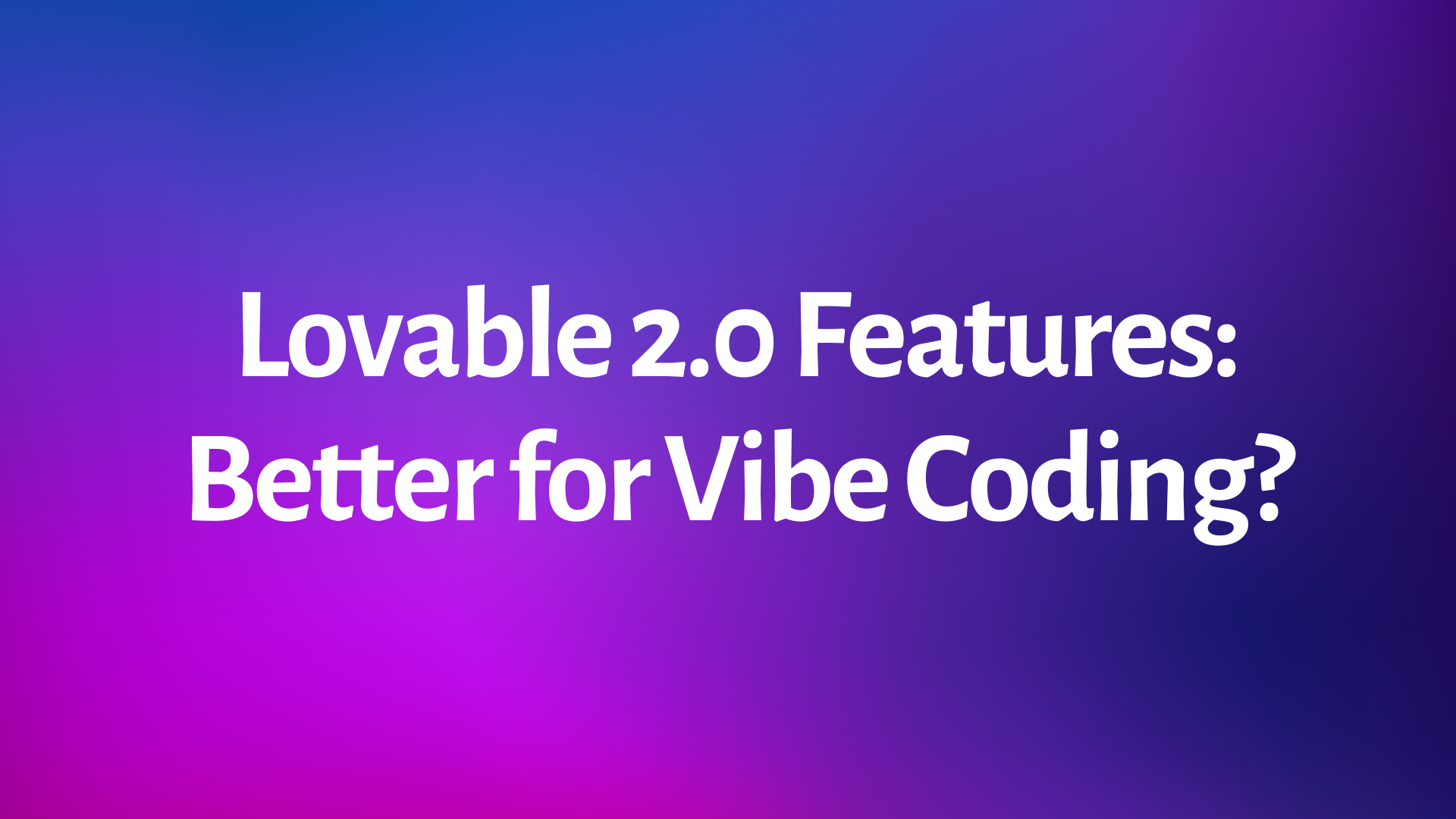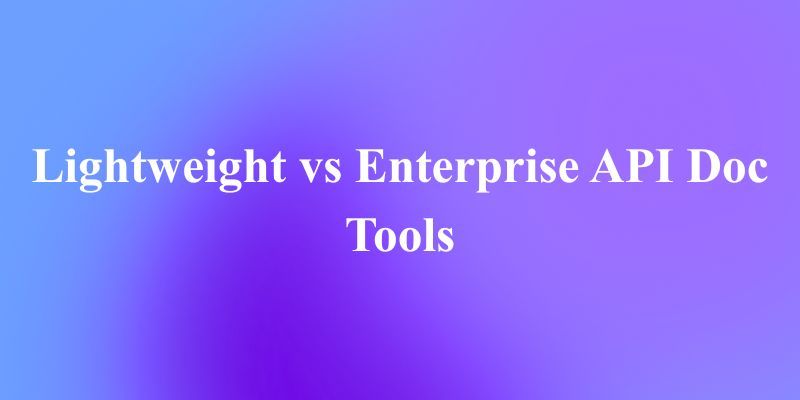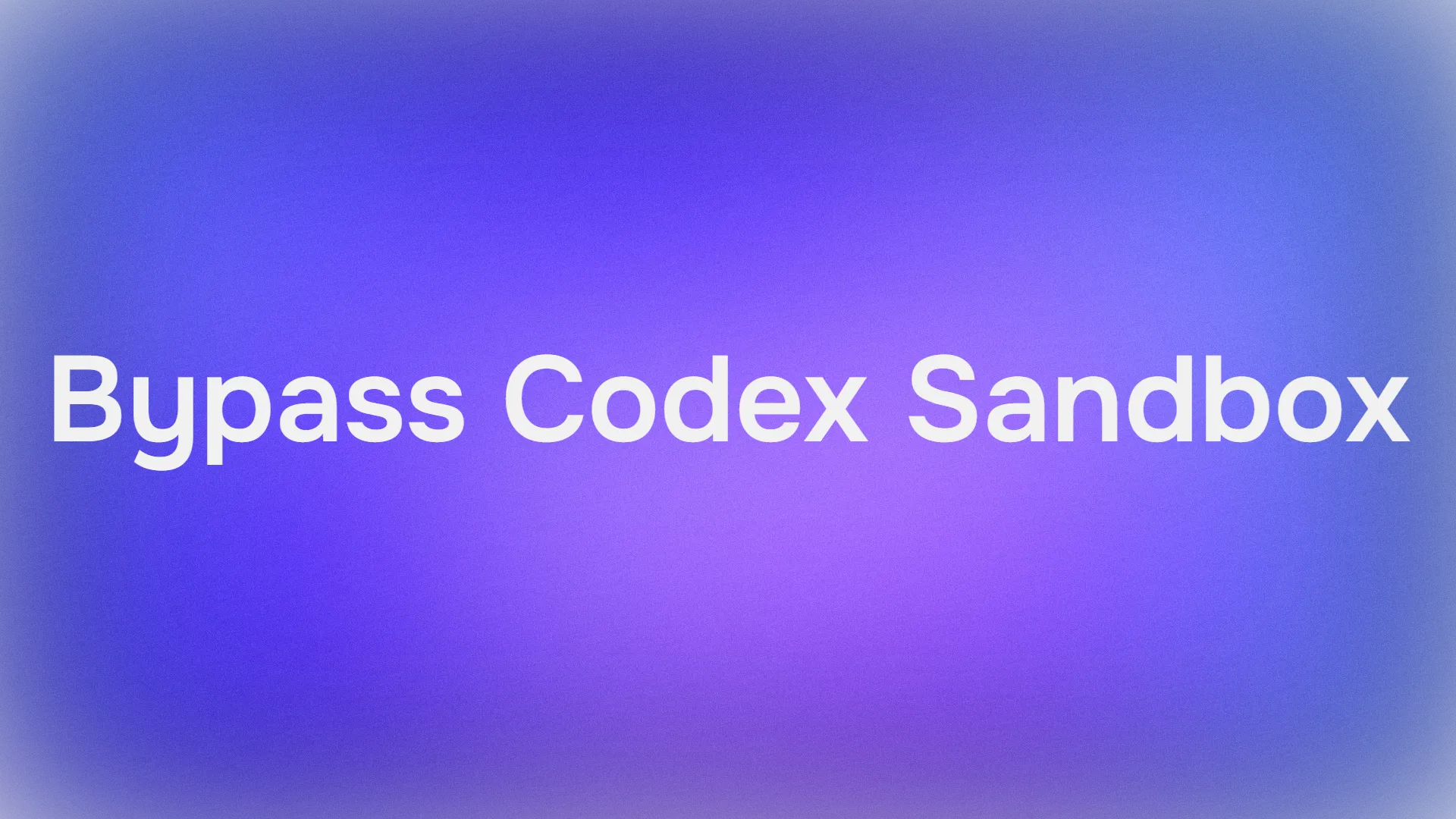Lovable has rolled out its latest version, Lovable 2.0, packed with features that promise to elevate the vibe coding experience for developers and non-coders alike. With Lovable 2.0, the platform introduces multiplayer collaboration, a smarter chat mode agent, enhanced security scanning, and more all designed to streamline workflows and make coding accessible to everyone. But how do these updates improve vibe coding?
Lovable 2.0: A Technical Overview of the Update
Lovable 2.0 builds on its mission to empower the 99% of people who don’t code to create software as if they had a full-stack team. The update, introduces several technical enhancements. Specifically, it focuses on collaboration, AI intelligence, security, and user experience. Let’s break down each feature and analyze how it contributes to vibe coding.
Multiplayer Collaboration: Coding Together in Real Time
First, Lovable 2.0 introduces multiplayer functionality, enabling teams to collaborate on the same project in real time. This feature allows you to invite team members to edit an app simultaneously or create a shared workspace for multiple projects. For startups and enterprises, this is a game-changer. Imagine a scenario where a front-end developer adjusts the UI while a back-end developer integrates a database—all within the same Lovable project, without the need for constant context-switching or version control conflicts.

From a technical perspective, the multiplayer feature leverages real-time synchronization, likely using WebSocket technology or a similar protocol to ensure low-latency updates across users. This aligns with the vibe coding philosophy by reducing friction in the development process, allowing teams to iterate quickly and focus on creativity rather than logistics. Additionally, the feature integrates with Lovable’s existing GitHub support, ensuring that collaborative changes are seamlessly tracked and versioned.
Smarter Chat Mode Agent: AI That Thinks for You
Next, Lovable 2.0 upgrades its AI with a new chat mode agent that is “10x smarter,” according to the announcement. Unlike traditional AI coding assistants that directly edit your code, this agent focuses on reasoning and problem-solving without making direct changes. You can use it to ask questions, plan your project, or debug issues. For example, you might ask, “How do I integrate a real-time database with my app?” The agent will reason through multiple steps—searching your project files, inspecting logs, querying the database, and providing a detailed response.

Technically, this agent operates in an “agentic” mode, meaning it can perform multi-step reasoning. It likely uses a large language model (LLM) fine-tuned for software development tasks, combined with a retrieval-augmented generation (RAG) system to access project-specific context. This makes it a powerful tool for vibe coding, as it lets you focus on high-level ideas while the AI handles the technical details. For instance, if you’re building an event management app, the agent can suggest a database schema, recommend real-time features, and even debug errors—all through natural language interaction.
Security Scan: Protecting Your Vibe-Coded Apps
Security is a critical concern in vibe coding, where AI generates code that users might not manually review. To address this, Lovable 2.0 introduces a Security Scan feature. This tool automatically surfaces vulnerabilities in your app before you publish it, particularly for apps connected to Supabase. You can access the scan results directly in the publish dialog, making it easy to identify and fix issues.

The Security Scan likely integrates with Supabase’s Security Advisor, which analyzes your app for common vulnerabilities such as SQL injection, cross-site scripting (XSS), or misconfigured API permissions. It may use static code analysis and runtime checks to detect potential risks, providing actionable recommendations. For vibe coders, this feature is invaluable—it ensures that your AI-generated code is production-ready, addressing one of the biggest criticisms of AI-driven development: the risk of insecure code.
Moreover, Lovable plans to expand its security features in the coming months, signaling a long-term commitment to making vibe coding safer. This is a significant step forward, as it allows non-technical users to build apps with confidence, knowing that Lovable has their back.
Dev Mode and Visual Edits: Fine-Tuning Your Projects
Lovable 2.0 also enhances its Dev Mode and Visual Edits features, both of which cater to developers who want more control over their projects. Dev Mode allows you to edit your project’s code directly within Lovable. Introduced a few weeks before the 2.0 update, this feature has already gained popularity among users who need to tweak AI-generated code or add custom functionality. For example, if the AI generates a React component but you need to add a specific event handler, Dev Mode lets you jump in and make the change without leaving the platform.

Visual Edits, on the other hand, enable you to adjust styles visually, offering a faster and more precise way to design your app’s UI. You can modify properties like padding, margin, and alignment through a graphical interface, similar to tools like Figma or Webflow. Since its initial release a couple of months ago, Lovable has made Visual Edits more robust, likely improving its CSS generation engine and adding support for more styling properties.

Together, these features enhance the vibe coding experience by providing flexibility. Non-coders can rely on the AI and Visual Edits to build their apps, while developers can use Dev Mode to dive into the code when needed. This hybrid approach ensures that Lovable 2.0 caters to a wide audience, from beginners to seasoned engineers.
Custom Domains : Streamlining Deployment
Transitioning to deployment, Lovable 2.0 simplifies the process with built-in support for custom domains. You can now buy and connect a domain directly within the platform, a feature that has already seen over 10,000 custom domains connected since its introduction a few weeks ago. This eliminates the need for external domain management tools, making it easier to publish your app under a branded URL like myapp.com.

From a technical perspective, Lovable likely integrates with a domain registrar API to handle purchases and uses DNS automation to configure the domain settings. This seamless integration aligns with vibe coding’s goal of reducing complexity, allowing users to focus on building rather than managing infrastructure.
Additionally, Lovable 2.0 revamps its pricing structure. The new model offers two plans: the Pro plan, starting at $25/month, and the Teams plan, starting at $30/month, which includes shared workspaces for collaboration. This pricing simplification makes Lovable more accessible, ensuring that both individual creators and teams can leverage its features without breaking the bank.
New Brand and UI: A Fresh Look for Vibe Coding
Finally, Lovable 2.0 introduces a new brand and user interface (UI). The updated UI is cleaner and more intuitive, with a bold design that reflects the creativity of vibe coding. From a technical standpoint, the UI overhaul likely involves a modern front-end framework like React or Vue.js, optimized for performance and responsiveness. The new design improves navigation, making it easier to access features like the chat mode agent, Security Scan, and Visual Edits.

This refresh enhances the overall user experience, ensuring that Lovable 2.0 feels as good as it functions. For vibe coders, a clean and intuitive UI is crucial—it keeps you in the creative flow, minimizing distractions and helping you focus on your project’s vision.
How Lovable 2.0 Compares to Tools Like Apidog
While Lovable 2.0 excels at vibe coding, it’s worth comparing it to other tools in the ecosystem, such as Apidog. Apidog focuses on API development, bridging the gap between API documentation and AI-powered coding environments. It allows AI assistants to access and understand your API specifications, generating accurate code, updating DTOs, and creating MVC implementations based on your API structure.

In contrast, Lovable 2.0 takes a broader approach, offering a full-stack solution for building apps through natural language and AI. While Apidog is a specialized tool for API-driven development, Lovable 2.0 provides a more holistic platform, with features like multiplayer collaboration, visual editing, and security scanning. However, the two tools can complement each other—Apidog’s API integration capabilities can enhance Lovable’s vibe coding workflow, especially for projects that rely heavily on external APIs.
Why Lovable 2.0 Is Better for Vibe Coding
So, how does Lovable 2.0 improve vibe coding? First, it makes software development more accessible by allowing non-coders to build apps through natural language and visual tools. Second, it speeds up the process with AI-driven features like the chat mode agent and Security Scan, reducing the time spent on repetitive tasks. Third, it supports collaboration through multiplayer functionality, enabling teams to work together seamlessly. Finally, it ensures security and reliability, addressing the concerns of AI-generated code with robust scanning and validation tools.
For developers, Lovable 2.0 enhances productivity by automating mundane tasks and providing direct code access through Dev Mode. For non-developers, it opens the door to software creation without the steep learning curve of traditional coding. In essence, Lovable 2.0 embodies the spirit of vibe coding—trusting AI to handle the details while you focus on the big picture.
Conclusion: Vibe Coding with Lovable 2.0
Lovable 2.0 sets a new standard for vibe coding, combining AI intelligence, collaboration, and security into a single platform. Whether you’re a solo creator prototyping an idea or a team building a production-ready app, Lovable 2.0 offers the tools you need to succeed. Its multiplayer functionality, smarter chat mode agent, Security Scan, and visual editing capabilities make it a powerful choice for both beginners and experienced developers.
As AI-driven development continues to evolve, Lovable 2.0 positions itself as a leader in the space, paving the way for a future where anyone can build software with ease. If you’re ready to experience vibe coding at its best, check out Lovable 2.0 today at lovable.dev.



